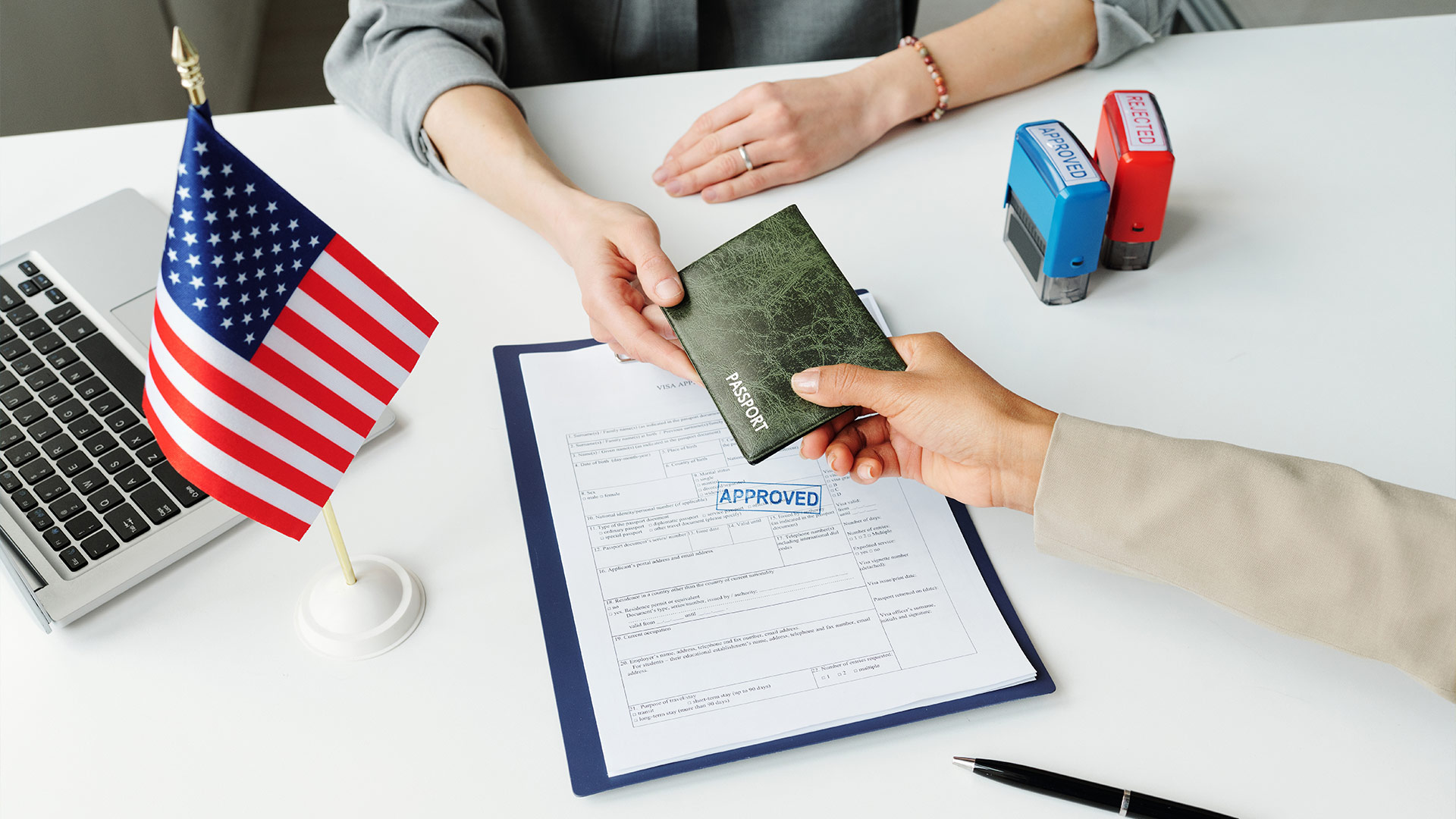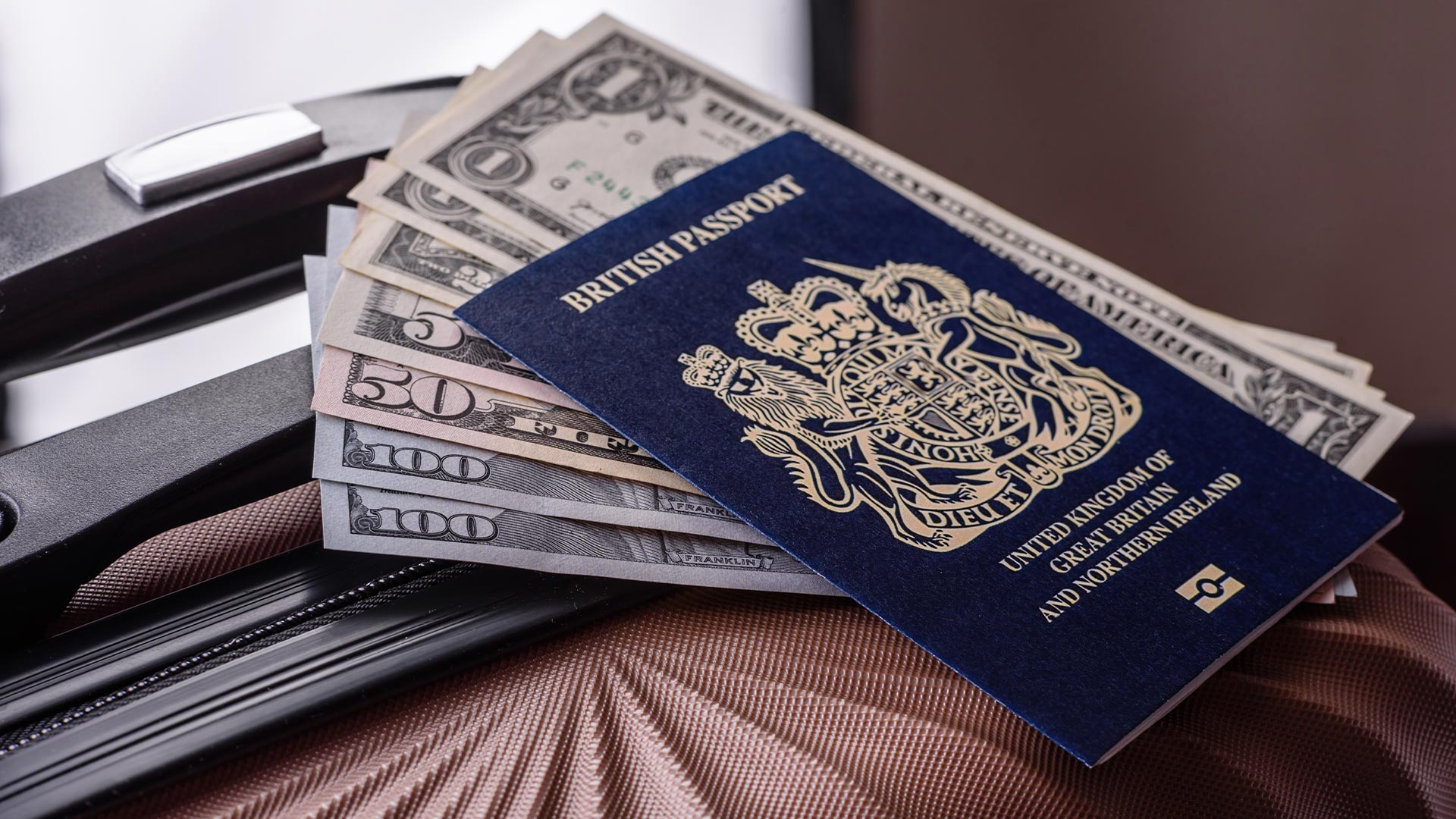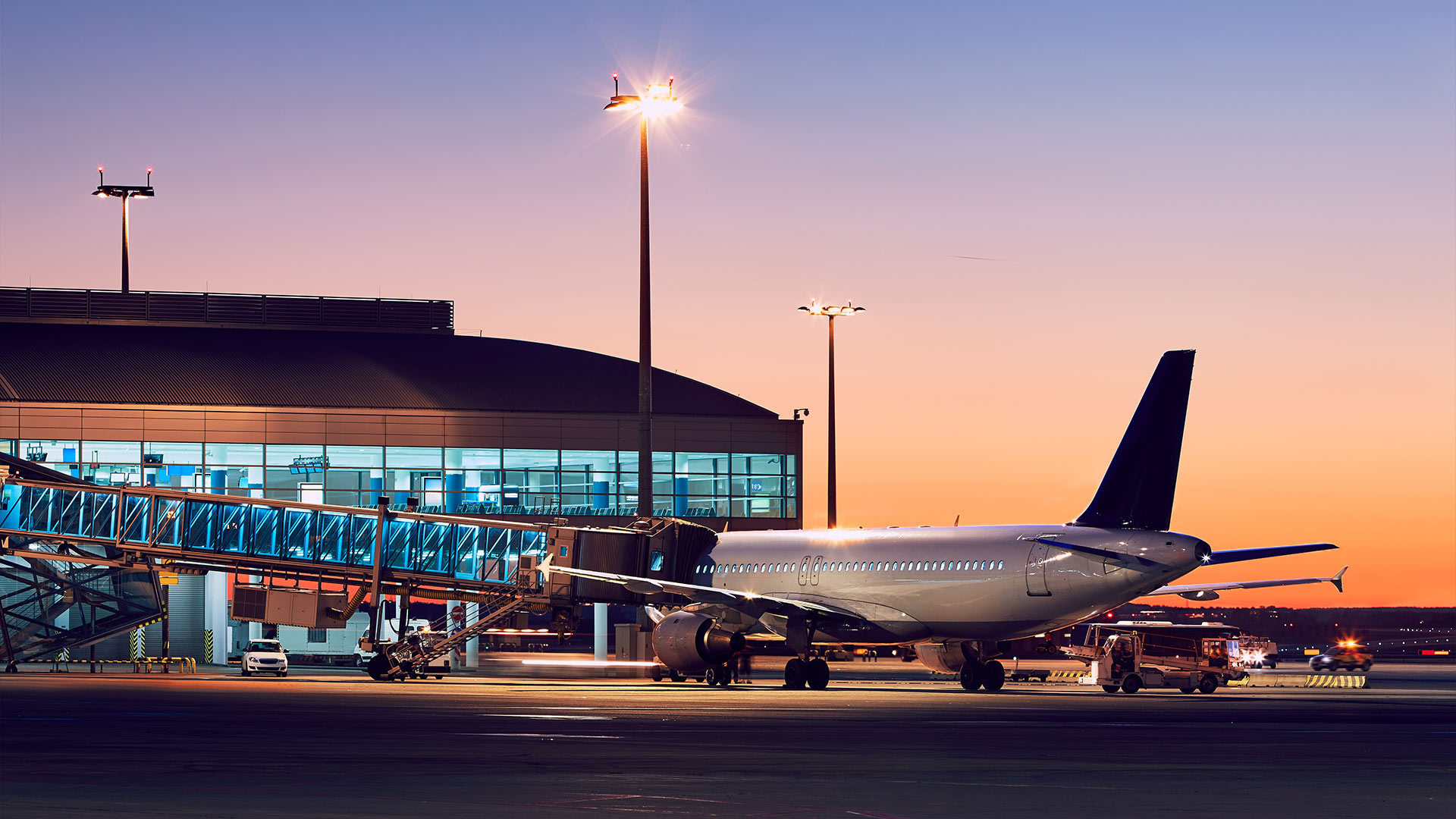Schengen Visa Quick Guide: Travel Across 26 European Countries

The Schengen Visa is your gateway to seamless travel across 26 European countries without internal borders. Whether you're planning a two-week holiday, a multi-country backpacking adventure, or visiting family and friends, understanding how the Schengen Visa works is essential for smooth travel. This guide offers a clear breakdown of visa types, application steps, required documents, and key travel rules to help you plan effectively.
🌍 What Is a Schengen Visa?
A Schengen Visa allows non-EU nationals to enter and travel freely within the Schengen Area for up to 90 days within any 180-day period for tourism, business, family visits, or short-term study.
🔹 Countries in the Schengen Area (as of 2025):
26 member countries including:
- Western Europe: France, Germany, Belgium, Netherlands, Switzerland, Austria
- Southern Europe: Italy, Spain, Portugal, Greece, Malta
- Northern Europe: Norway, Sweden, Denmark, Finland, Iceland
- Eastern & Central Europe: Poland, Czech Republic, Hungary, Slovakia, Slovenia, Lithuania, Latvia, Estonia
🧳 Types of Schengen Visas
1. Short-Stay Visa (Type C)
- Most common visa for tourism, business, or family visits
- Valid for up to 90 days
2. Airport Transit Visa (Type A)
- Required for travelers transiting through Schengen airports
- Does not allow entry into the Schengen Area
3. National Visa (Type D)
- For long-term stays (study, work, family reunion)
- Issued by individual countries, not interchangeable across Schengen
📋 Schengen Visa Application: Step-by-Step
Step 1: Choose Your Main Destination
- If visiting multiple countries, apply at the embassy of the country you’ll spend the most days in
- If staying equal days, apply where you first enter
Step 2: Book an Appointment
- Apply at the embassy, consulate, or authorized visa center (e.g., VFS Global)
Step 3: Prepare the Required Documents
✅ Core Document Checklist:
💡 Tip: All documents must be in English or the local language of the embassy.
💶 Visa Fee & Processing Time
- Standard fee: €80 (adults), €40 (children 6–12), free for under 6
- Processing time: 10–15 business days (can be longer in high season)
🛡️ Travel Insurance Requirement
You must show proof of Schengen-compliant travel insurance, which:
- Covers at least €30,000
- Includes medical emergencies, hospitalization, repatriation
- Is valid in all Schengen countries for the full stay
✈️ Entering & Traveling in Schengen
- You can enter any Schengen country first—even if your visa was issued by another
- Ensure your total stay is within 90 days in any rolling 180-day window
- No internal border checks, but always carry your passport/ID
🚫 Common Reasons for Visa Rejection
Avoid these frequent mistakes:
- Incomplete documents (e.g., missing insurance or proof of funds)
- Fake bookings (flight or hotel reservations)
- Unclear travel purpose or inconsistent travel plans
- Poor financial standing
- Previous overstays or visa violations
🧾 Proof of Financial Means
You need to show that you can support yourself—requirements vary slightly by country.
General guideline: €60–€120 per day, depending on the country.
Acceptable proofs:
- Bank statements (last 3 months)
- Payslips or employer letter
- Sponsorship letter with sponsor’s financial documents
🏨 Accommodation Options
You must show where you’ll stay for the entire trip. Use:
- Confirmed hotel bookings
- Invitation letter from host (if staying with friends/family)
- Airbnb bookings (with payment proof)
📌 Final Tips for a Smooth Application
- Apply at least 4 weeks in advance of your travel date
- Make sure your passport has at least two blank pages
- Don’t overstay—future visa approvals depend on a clean record
- Use a cover letter to explain your itinerary and intention to return


